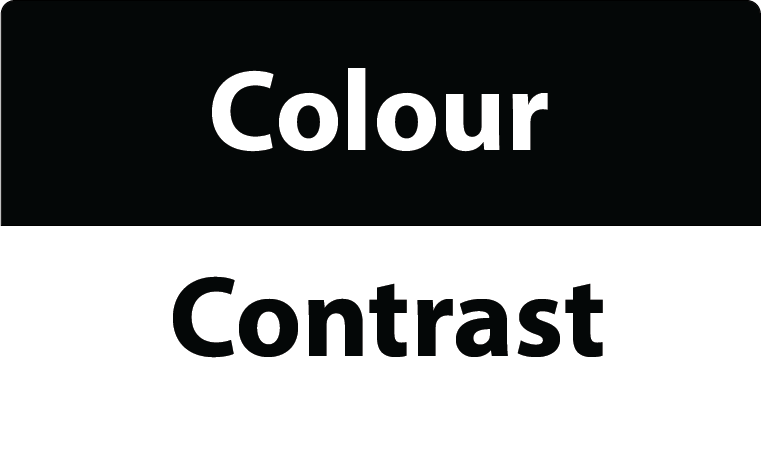Once referred to Vision Ireland, your Community Resource Worker will take you through strategies you can take to maximise your residual vision. Core to this is knowing how to maximise light, size and colour contrast.

1. Light
When supporting the needs of a person with sight loss, it is important to consider lighting needs.
Things to note:
- Use of even and adequate light is vital for completing tasks. Avoid pools of light.
- Consider using fluorescent task lights for close detailed work.
- Maximise use of natural light.
- Avoid glare by using blinds in large or communal rooms.

2. Size
Often the most effective way to support a person with sight loss is with bigger, brighter and bolder solutions.
Things to note:
- Make it bigger and clearer by using large font size and clear font type.
- Bring it closer as half the distance things appear twice the size.
- Enlarge pictures and ensure they are of good quality.
- When watching television think about where the person sits, perhaps they can move closer to the screen.
- Use a magnifier to increase the size of text or objects e.g. product label.

3. Colour Contrast
The use of colour contrast can be extremely helpful for a person with sight loss. It helps to distinguish objects from their background for ease of finding something or see the detail within an object.
Things to consider:
- Use colour contrast to create an accessible environment for example, floor coverings, door frames, and furniture of different colours. Or plates with a coloured rim and brightly coloured cups to easily identify liquid level.
- Colour contrast around light fittings, doorways, handrails and other items to help increase independence for a person with sight loss.
- Use a dark coloured material to place tablets or other medicine on so that they can be easily distinguished from each other.